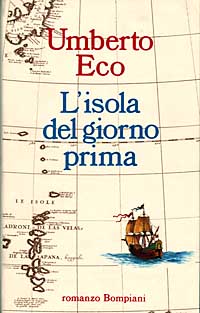Last updated on June 21, 2012
From an extremely interesting new article by David Laitin and his coauthors in PNAS:
Jared Diamond’s Guns, Germs, and Steel has provided a scientific foundation for answering basic questions, such as why Eurasians colonized the global South and not the other way around, and why there is so much variance in economic development across the globe. Diamond’s explanatory variables are: (i) the susceptibility of local wild plants to be developed for self-sufficient agriculture; (ii) the domesticability of large wild animals for food, transport, and agricultural production; and (iii) the relative lengths of the axes of continents with implications for the spread of human populations and technologies. This third “continental axis” thesis is the most difficult of Diamond’s several explanatory factors to test, given that the number of continents are too few for statistical analysis. This article provides a test of one observable implication of this thesis, namely that linguistic diversity should be more persistent to the degree that a geographic area is oriented more north-south than east-west. Using both modern states and artificial geographic entities as the units of analysis, the results provide significant confirmation of the relationship between geographic orientation and cultural homogenization. Beyond providing empirical support for one observable implication of the continental axis theory, these results have important implications for understanding the roots of cultural diversity, which is an important determinant of economic growth, public goods provision, local violence, and social trust.
The emphasis is mine. In other words, linguistic diversity should be more persistent in, say, Norway than in Turkey, because when looking at a map, Norway is “longer” (i.e., it stretches north-south) than it is wide, and Turkey is “wider” (i.e., it stretches east-west) than it is long, everything else equal.
By the way, if you wonder about the image above, it’s the cover of The Island of the Day Before (in its original Italian version), a novel whose plot is intertwined with the discovery of longitudes, and the plot of which Wikipedia summarizes as
(…) the story of a 17th century Italian nobleman who is the only survivor of a shipwreck during a fierce storm. He finds himself washed up on an abandoned ship in a harbor through which, he convinces himself, runs the International Date Line. Although he can see land, his inability to swim leaves him marooned and he begins to reminisce about his life and his love. He becomes obsessed about his allegedly evil twin brother, who is split from his own persona through a process reminiscent of the doppelganger effect, and thus accusing him of all the bad things that happened in his life. The brother takes blame mainly for his bad choices and is present to sweeten the disappointments of life. Through this reminiscence he becomes convinced that all his troubles will end, if only he can reach the land.
(HT: Matt Dickenson, whose blog on politics is always interesting.)
